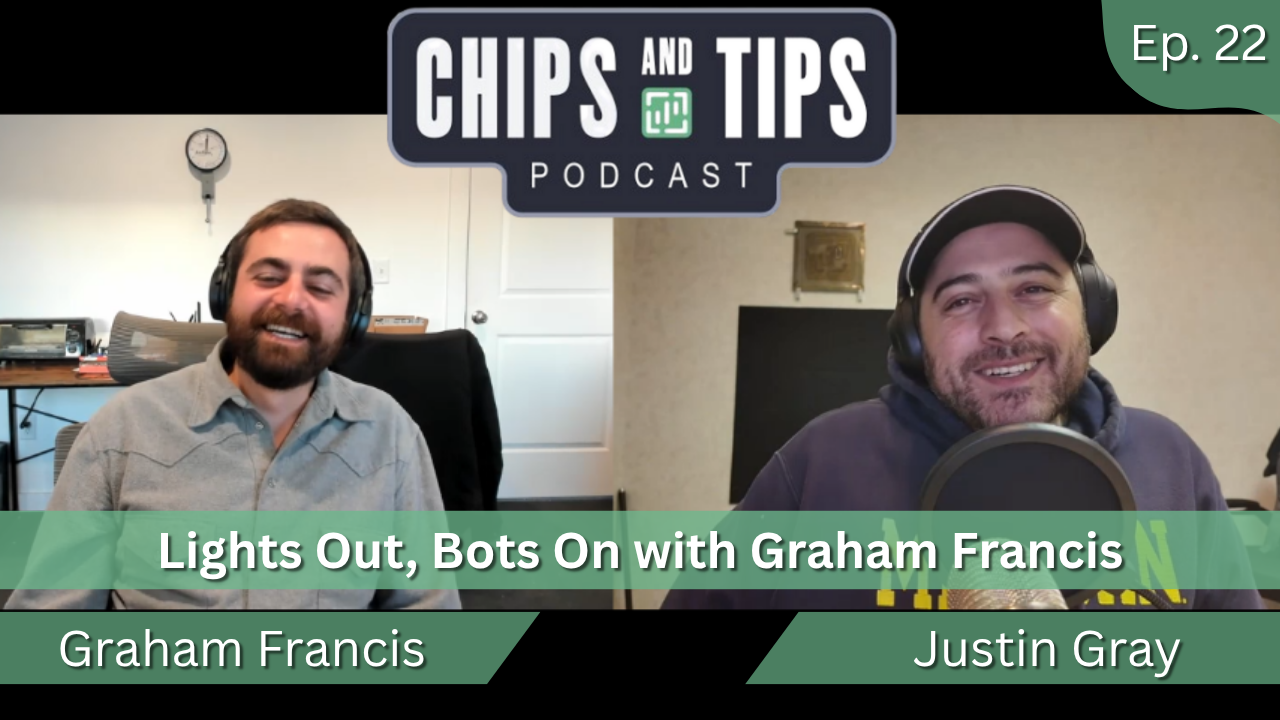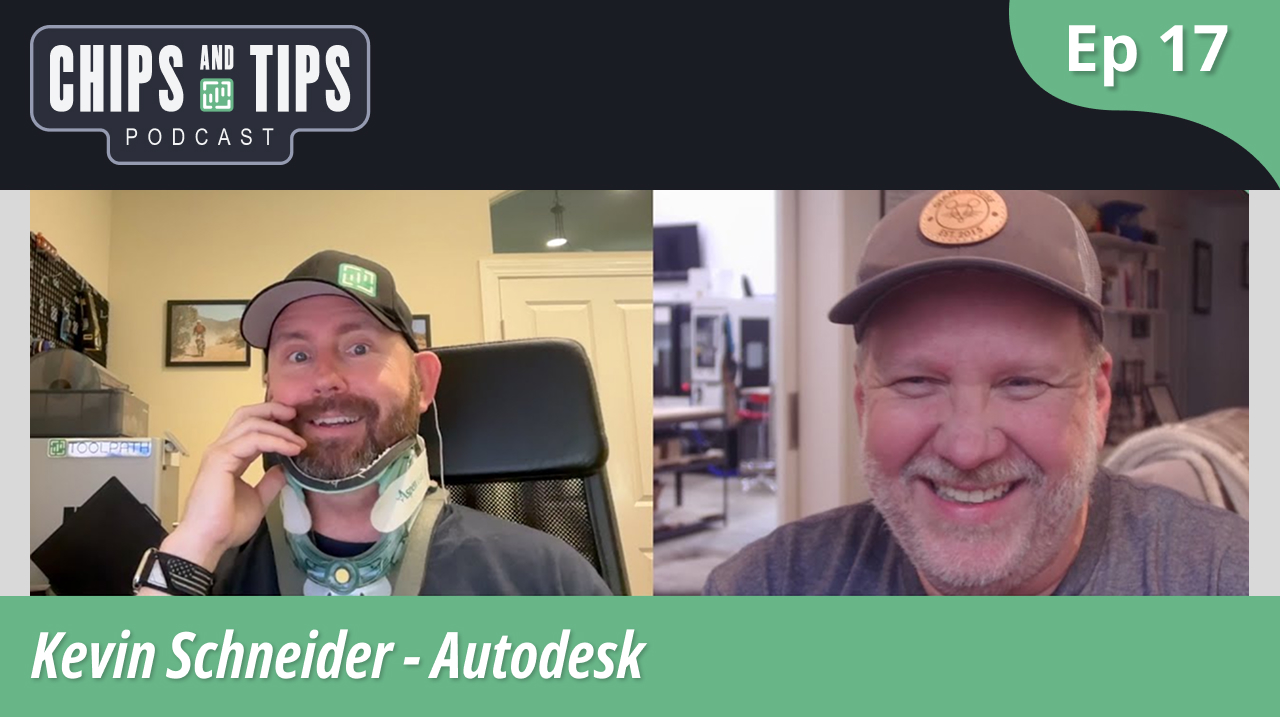
If you run a shop, you care about minutes. This episode digs into the gritty, useful stuff that saves them. We cover running two probes on one machine, the most reliable way to calibrate Z on a Brother Speedio with a Bloom Z Nano, and a handful of “so bad they are good” shop hacks that actually move the needle. You will also hear why more holders beat more hand‑setting, when a mill makes a decent lathe, and why an electric forklift is a quiet productivity win.
So Bad It's Good with Alex Rosner episode summary
Why two probes beat one
Running multiple styli is not just a flex; it is a workflow multiplier. The conversation walks through wiring a Bloom receiver for TC and Duo, then switching logic in macros so probing becomes agnostic to which probe is in the spindle. The key is separate calibration stores for each stylus, clean on and off codes, and a small macro “hack” that picks the right offsets by tool number. Result: you gain reach and feature coverage without babysitting setups.
Calibrating Z the fast, reliable way on a Brother Speedio
If you touch the spindle probe off on your tool setter, then calibrate Z on a known surface, the Bloom macros treat Z as an adder on the probe’s tool length. That means quick stylus swaps, repeatable compensation, and a simple path to cancel thermal drift. The panel calls out the caveat with low‑force probes and explains why a Z Nano’s trigger force relationship matters, but the headline is simple: you get a robust process that stays accurate without constant rework.
For people who jog down onto anything, whether it’s a one, two, three block, gauge block, paper. Stop it. Stop it. Get some help, because you will damage your tools.
Shop hacks that are so bad, they might be good
From hoisting ideas to removable ballast, the crew debates when a “janky” solution is acceptable. Water ballast on a reverse engine hoist can be a practical counterweight if you need a fold‑away crane, while fixed installations are better with scrap steel or wheel weights. There is also a fun tour of ceiling‑mounted chain hoists for storing rotaries in the enclosure. The theme is pragmatic, reduce handling and setup pain, but keep safety ahead of speed.
Mills as lathes, gridfinity, and the case for electric forklifts
Sometimes you need to turn, you have a mill, and deadlines do not care. With a sensible post and light cuts, a mill can relieve tap shanks or knock out small turned features. On the organization front, Gridfinity gets an honest assessment, including print time trade-offs and why injection-molded bases would be a slam dunk. Finally, the sleeper ops upgrade, a used electric forklift. Charge between short uses, skip propane and oil, and keep the air clean in a small shop. All wins.
Buy more holders, free your time
Two minutes to set a tool sounds trivial until you do it hundreds of times. The episode runs the math, shows how preloaded drill-and-tap pairs live in carts with presets, and argues for touching off in batches so everything is relative, stable, and fast. The takeaway for your shop is to build a holder library for the tools you use weekly, then let your machine run while you work on the next quote.
Watch 'So Bad It's Good'
Similar Blog Posts

Episode 16 - Pallet Load or Part Load? (Michael Gimbel, Gimbel Automation)





